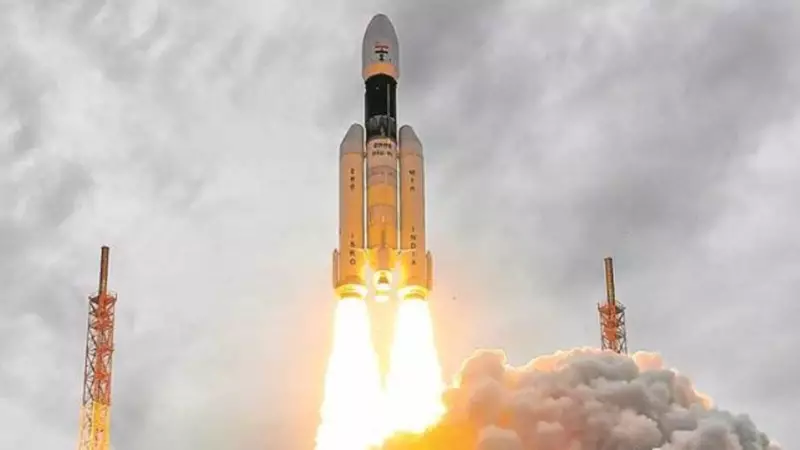
In a monumental breakthrough that's rewriting lunar science textbooks, India's Chandrayaan-2 mission has captured the first definitive evidence of solar storms actively generating an atmosphere around the Moon. This groundbreaking discovery positions India at the forefront of space weather research and lunar exploration.
The Solar Storm Revelation
Chandrayaan-2's sophisticated instruments detected solar storms—massive eruptions from the Sun—stripping the lunar surface and creating a temporary, dynamic atmosphere. The spacecraft's Chandra's Atmospheric Composition Explorer-2 (CHACE-2) instrument recorded these extraordinary events in real-time, providing unprecedented data about how solar activity interacts with celestial bodies.
How Solar Storms Transform the Moon
The process is both fascinating and complex. When solar storms hit the Moon's surface, they trigger a phenomenon called "sputtering"—where high-energy particles from the Sun knock atoms and molecules loose from the lunar soil. These liberated particles then form a thin, temporary atmosphere that envelops our celestial neighbor.
"This is like watching the Moon breathe," explains a space scientist familiar with the findings. "The solar winds give it life, however temporary, creating an atmospheric layer that was previously thought to be nearly non-existent."
Why This Discovery Matters
- Revolutionizes Lunar Understanding: Challenges previous assumptions about the Moon being an airless body
- Space Weather Forecasting: Provides crucial data for predicting solar storm impacts on future lunar missions
- Future Mission Safety: Helps plan protection for astronauts and equipment against solar radiation
- Resource Identification: Could reveal new sources of water and other volatile elements on the Moon
India's Growing Space Legacy
This discovery adds another jewel to ISRO's crown of achievements, coming just months after the historic success of Chandrayaan-3. The findings demonstrate that even missions considered partially successful by some metrics can yield revolutionary scientific returns.
The data collected by Chandrayaan-2 is providing scientists with their first comprehensive look at how the Moon's surface chemistry changes during different space weather conditions. This information is invaluable for planning future lunar habitats and understanding the evolution of planetary atmospheres throughout our solar system.
Global Implications for Space Exploration
NASA and other international space agencies are closely studying these findings as they prepare for the Artemis program and future lunar settlements. Understanding the Moon's response to solar activity is crucial for ensuring the safety of astronauts who will spend extended periods on the lunar surface.
The discovery proves that the Moon is far more dynamic than we ever imagined, with its environment constantly being shaped and reshaped by our Sun's powerful outbursts. As India continues to push the boundaries of space exploration, each revelation brings us closer to understanding our place in the cosmos and the potential for human expansion beyond Earth.





